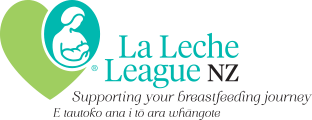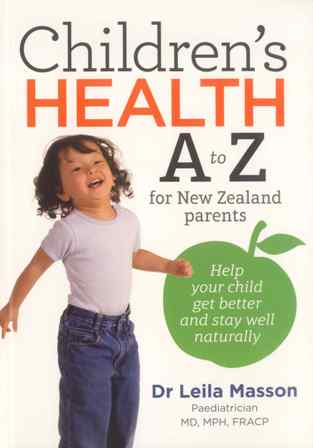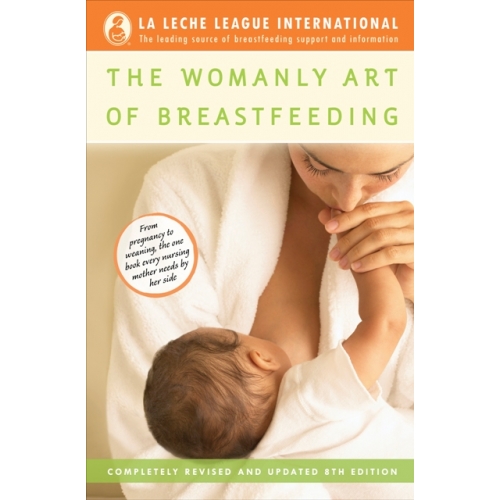Is Our Family Complete?
“I’m wondering how other mums ‘knew’ when their families were complete. We have two beautiful children. My husband says he’s perfectly content as a family of four (we fit our house, our vehicle, our budget), and I honestly felt the same way until our youngest turned two. I now have this yearning for another baby – made worse when I am with friends who have young babies. Will this pass? Everything else in our life feels just right as it is; I am so confused by the strength of my feelings.”
Responses
Justine Merrylees, Christchurch – I have had those same feelings. We also have two children and I had very strong feelings about wanting another child. My husband said the same things, that he was happy with two and was too “old” to cope with another child. I ended up focusing on what I had but also acknowledging that it would have been nice to have another child. I realised that our family had the whole future ahead and that as our little boy turns four we have a lot of wonderful adventures to look forward to. I think it helped changing my mindset about feeling positive about who our kids were and who they were growing into.
Adith Stoneman, Kelston Auckland – I have now tried four times to write anything that could be of any help and the truth is I cannot, why not? Deciding on when the family is complete is a unique decision for any of us. What is right for one mother, father, family is simply not so for another.
We are pulled by different emotions, be them financial, global concerns, our own childhood memories. I would encourage you to accept these “yearnings”, they may simply never leave you. Babies are just so precious, so wonderful, so loving. Hence why mothers love it when they become grandmothers and that whole love cycle starts all over again.
Anthea Brown, New Plymouth – The same thing happened to us. My husband was adamant he was done, my body and hormones were suddenly telling me I wasn’t. It was ridiculous how hormonal I was, how upsetting I found other people being pregnant. I spent two years trying to logic my way past it – unsuccessfully – and with significant emotional distance occurring in our marriage due to this issue. I am not someone who usually had feelings like this but I literally felt like a presence was waiting to join us.
Luckily, in the end, our number three became sick of waiting, saw his chance and boom, four years after number two we were pregnant again. Hubby got his head around the idea in just a few days and our third child has been a fabulous addition to our family. And now I do feel done – luckily!
So my reply is that yes, in my experience you do know when you are done. If it’s just a temporary ‘cluck’ it seems to pass in about six to nine months or so. If the need for a baby is sticking round after that then certainly it’s worth thinking deeply on what it is you are looking for to ensure it is another baby you are aching for, just to check it can’t be met with another kind of ‘baby’ – new job, study, etc… or through in-home childcare or fostering.
But when it is a baby that is needed and a difference in opinion exists on having more babies, don’t try to just cope. I wish we had attended counselling, or even just me, as a decision has to be made – it’s not really something you can compromise on and letting it drift on does damage to your relationship. Hugs to you both as you negotiate this hurdle in your relationship, I have every confidence though, that you will find the best solution for your family in the end.
Lorraine Taylor, Wellington – We had very similar situation. Two children made sense to us too, but I didn’t feel ‘finished’, and hubby did. We went on to have twins, and after that we felt very finished!! Keep talking to each other – it’s a very personal thing and our emotions about it surprise us sometimes. After the twins I felt sure enough to make a permanent decision about my fertility, but I still have those clucky feelings and they take you by surprise sometimes!
Jeannie McNaughton, Papamoa – Every baby is a blessing. You have two blessings. I don’t think we can ever “know” when our family is complete. So many things are not in our conscience hands. My advice is to talk to your husband, and regardless of your joint decision whether to try for another baby or not, always remain open to the life that can bless you regardless of your conscious decision.


